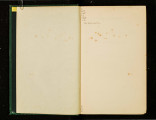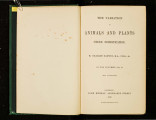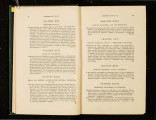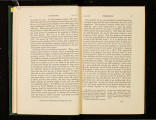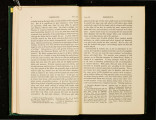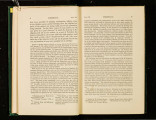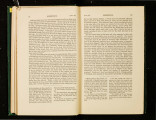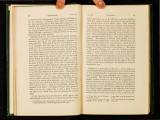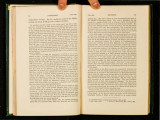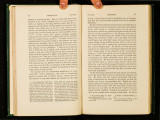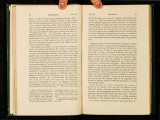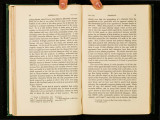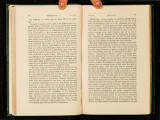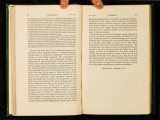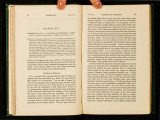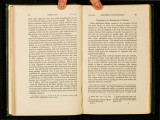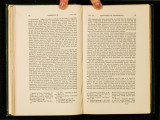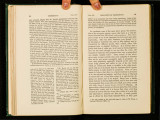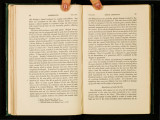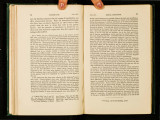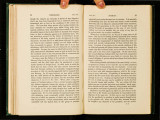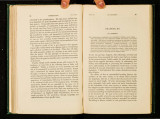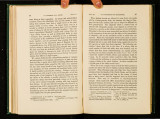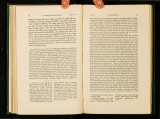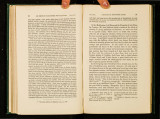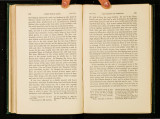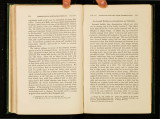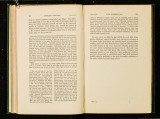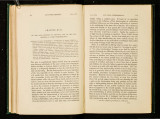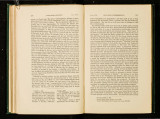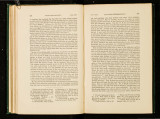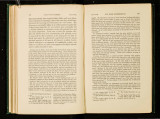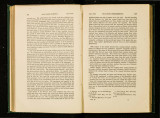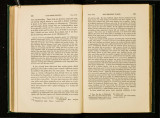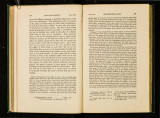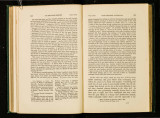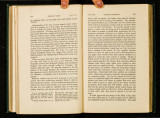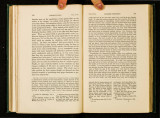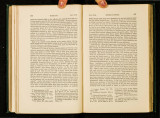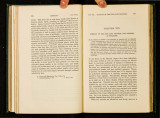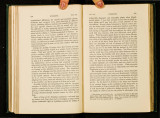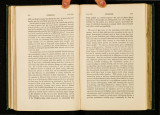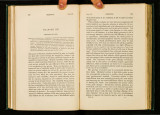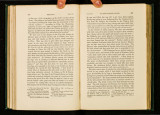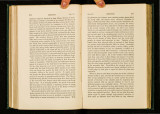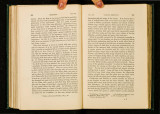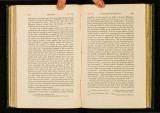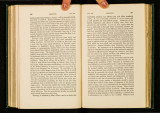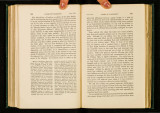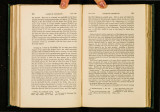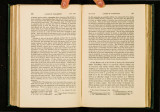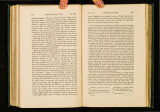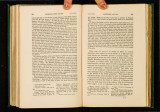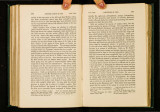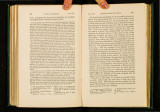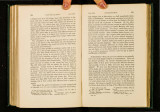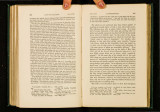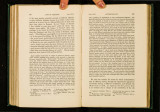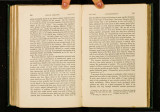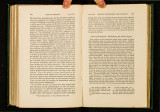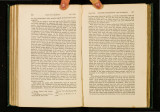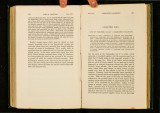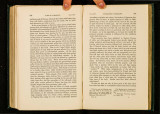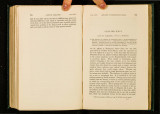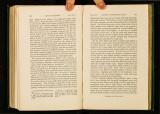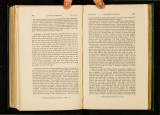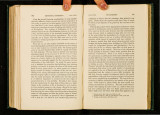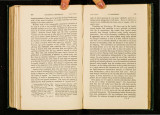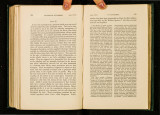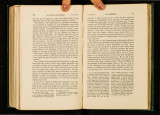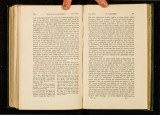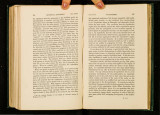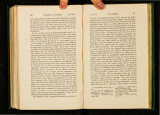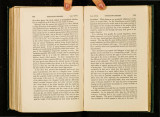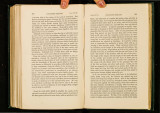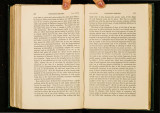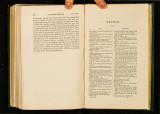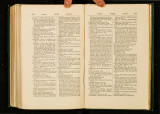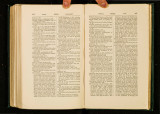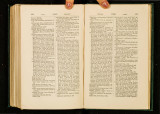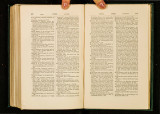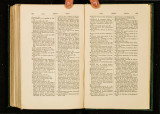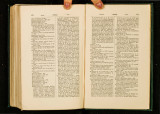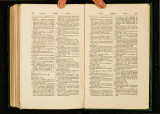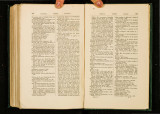| OCR Text |
Show 174 SU.M~fARY OF THE CHAP. XIX. much more numerous than the other, the former will ultimately absorb the latter. Should both varieties exist in nearly equal numbers, it is probable that a considerable period would elapse before the acquirement of n. uniform character; and the character ultimately acquired would largely depend on prepotency of transmission, and on the conditions of lite; for the nature of these conditions would generally favour one variety more than another, so that a kind of natural selection would come into play. Unless the crossed offspring were slaughtered by man without the least discrimination, some degree of unmethodical selection would likewise come into action. From these several considerations we may infer, that when two or more closely allied species £rst came into the possession of the same tribe, their crossing will not have influenced, in so great a degree as has often been supposed, the character of the offspring in future times; although in some cases it probably has had a considerable effect. Domestication, as a general rul'e, increases the proli£cness of animals and plants. It eliminates the tendency to sterility which is common to species when £rst taken from a state of nature and crossed. On this latter head we have no direct evidence; but as our races of dogs, cattle, pigs, &c., are almost certainly descended from aboriginally distinct stocks, and as these races are now fully fertile together, or at least incomp~ rably more fertile than most species when crossed, we may with much con£dence accept this conclusion. Abundant evidence has been given that crossing adds to the size, vigour, and fertility of the offspring. This holds good ,vhen ther: h_a~ been no previous close interbreeding. It applies to the mdividuals of the same variety but belonging to different fami!ies, to distinct varieties, sub-species, and partially even to ~pec1es. In the latter case, though size is often gained, fertility IS lo~t ; but the increased size, vigour, and hardiness of many hybnd~ cannot be accounted for solely on the principle of compensatiOn from the inaction of the reproductive system. Certain plants, both of pure and hybrid origin, though perfectly healthy, have become self-impotent, apparently from the unnatural conditions to whic~ they_ have been exposed; and such plants, as well as others m thmr normal state, can be stimulated to fer- CHAP. XIX. FOUR LAST CHAPTERS. 175 tility only by crossing them with other individuals of the same species or even of a distinct species. On the other hand, long-continued close interbreeding between the nearest relations diminishes the constitutional vigour, size, and fertility of the offspring; and occasionally leads to malformations, but not necessarily to general deterioration of form or structure. This failure of fertility shows that the evil results of interbreeding are independent of the augmentation of morbid tendencies common to both parents, though this augmentation no doubt is often highly injurious. Our belief that evil follows from close interbreeding rests to a large extent on the experience of practical breeders, especially of those who have reared many animals of the kinds which can be propagated quickly; bnt it likewise rests on several carefully recorded experiments. vVith some animals close interbreeding may be carried on for a long period with impunity by the selection of the most vigorous and healthy individuals; but sooner or later evil follows. The evil, however, comes on so slowly and gradually that it easily escapes observation, but can be recognised by the almost instantaneous manner in which size, constitutional vigour, and fertility are regained when animals that have long been interbred are crossed with a distinct family. These two great classes of facts, namely, the good derived from crossing, and the evil from close interbreeding, with the consideration of the innumerable adaptations throughout nature for compelling, or favouring, or at least permitting, the occasional union of distinct individuals, taken together, lead to the conclusion that it is a law of nature that organic beings shall not fertilise themselves for perpetuity. This law was first plainly hinted at in 1799, with respect to plants, by Andrew Knight, 1 and, not long afterwards, that sagacious observer Kolreuter, after showing how well the Mal vacere are adapted for 1 'Transactions Phil. Soc.,' 1799, p. 202. For Kolrcuter, see ':Mcm. de l'Acad. de St. Petersbom·g,' tom. iii., 1809 (published 18ll), p. 197. In reading C. K. Sprengel's remarkable work, 'Das entdeckte Geheimniss,' &c., 1793, it is em·ious to observe how often this wonder-fully acute observer failed to understand the full meaning of the structure of the flowers which he has so well described from not always having before his mind the key to the problem, namely, the good derived from the crossing of distinct individual plants. |




